Pages
- 1
- 2
The panel of the Descent of Christ into Limbo is one of the four compartments of an altarpiece by Bartolomé Bermejo, a painter from Cordoba that developed his work known in the Corona de Aragón. Bermejo's work, characterized by a realism that has no idealisations, incorporates many of the novelties of the Nordic art, like the use of oil as binder, replacing egg tempera.All four paintings were part of the same predella dedicated to Christ the Redeemer, which has been identified as the one from a documented altarpiece by the painter, devoted to Santo Domingo de Silos (Daroca). The works were documented in Paris in 1898, in the collection of the painter Carlos Sáenz de Tejada, on whose death they were acquired by José Muñoz Ortiz, who sold them in 1914: the first two to the Museu d'Art i d'Arqueologia de Barcelona, through the mediation of Salvador Sanpere i Miquel, and the other two to Teresa Amatller i Cros, through the intervention of Josep Gudiol.The other panels of this set can also be seen at the museum: Resurrection, Entrance into Paradise and vision of the Crucifiedand Ascension.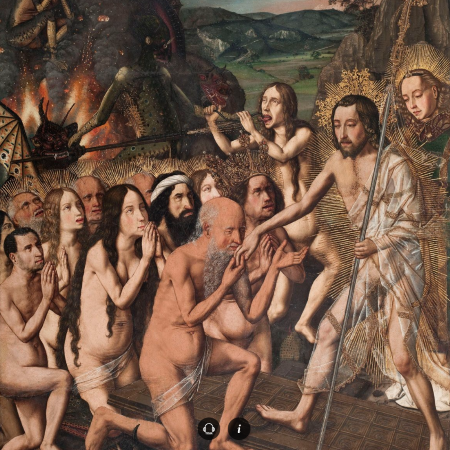
Set of four figures carved in wood, originally polychrome, that used to be part of a group of a Descent from the Cross, most likely compound of seven figures. It's about the Crucified, probably later and very transformed in post-Romanic times, of Mary, Joseph of Arimathea and one of the thieves, most likely Dimes.
Image of the Virgin of a group of the Descent from the Cross, carved in wood and with remains of polychromy. Appears on her feet, she was holding Christ's right arm with the left hand, whereas, with the right, probably with a receptacle, she was gathering the blood up from the wounds of the crucified. It is missing the right hand and a large part of the left hand.
This figure was part of a group of images making up a Descent from the Cross, which in Catalonia has the peculiarity that it is made up of seven characters. Two of the carvings are kept at the museum and the rest at the Museu Episcopal de Vic. In the centre was the figure of Jesus Christ held by Joseph of Arimathea and unnailed by Nicodemus, flanked by Mary and Saint John, on either side, and the thieves, Dismas and Gestas, at the ends. The subject of the Descent adds a more narrative and dramatic feel to the representation of the Passion of Christ, probably related to liturgical drama. The museum's collection preserves images from Descents from Santa Maria de Taüll and from Durro, both in the Vall de Boí.
Imatge de Maria d'un grup del Davallament de la Creu, tallada en fusta i amb restes de policromia. Presentada dempeus, apareixia sostenint el braç dret de Crist amb la mà esquerra, mentre que amb la dreta, probablement amb un receptacle, recollia la sang de les ferides del crucificat.
Pages
- 1
- 2



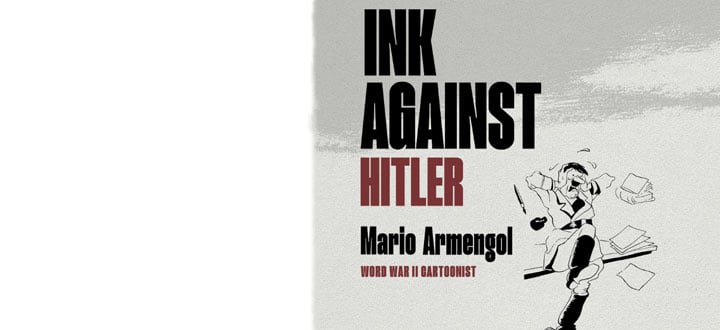







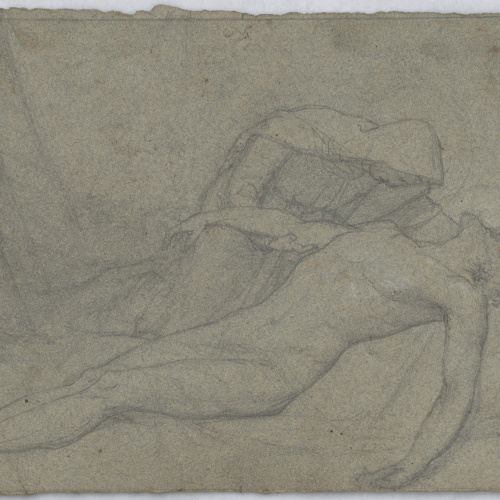
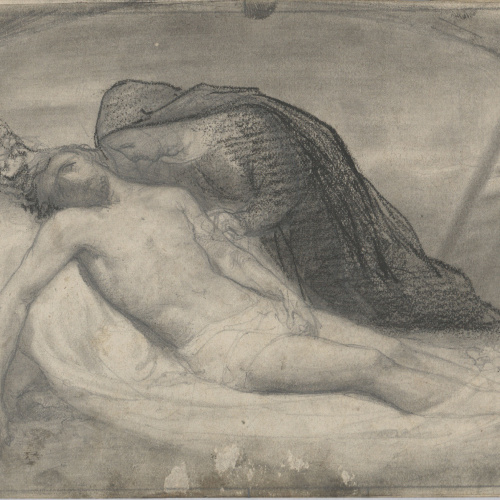
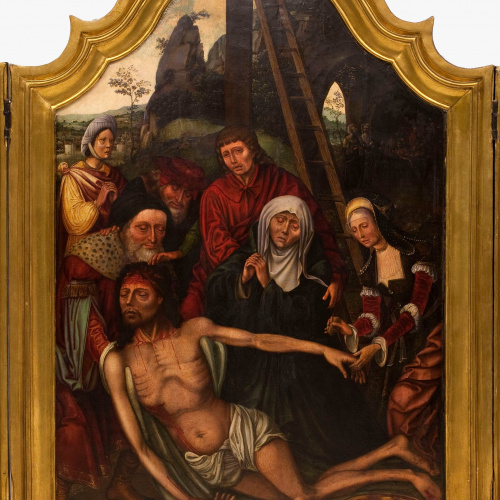
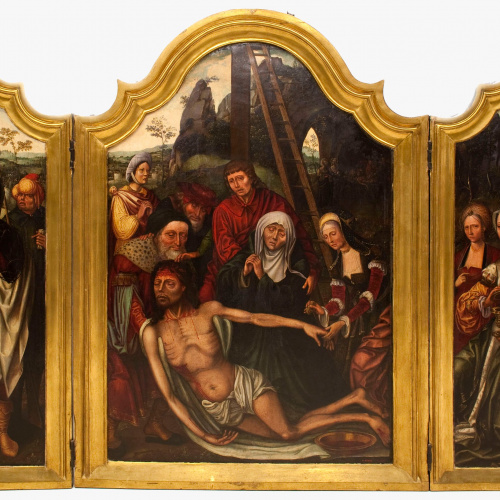

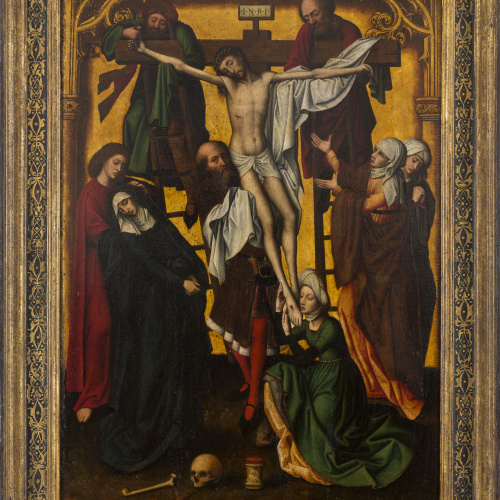
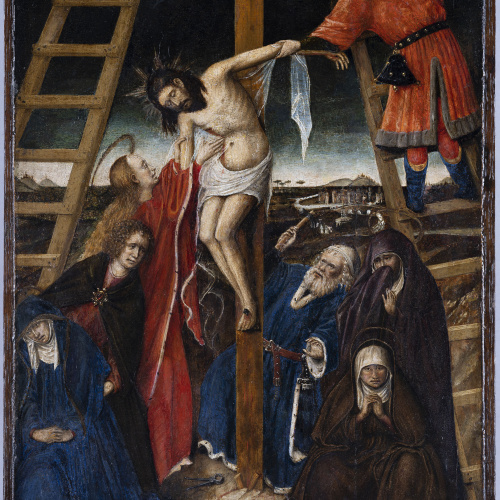

![Bartolomé Bermejo - Davallament de Crist als Llimbs - Cap a 1474-1479 [1] image for: Bartolomé Bermejo - Davallament de Crist als Llimbs - Cap a 1474-1479 [1]](https://www.museunacional.cat/sites/default/files/styles/resize_500x500/public/images/art_piece/first_gallery/38452/015872-000_070622.jpg)
![Bartolomé Bermejo - Resurrecció - Cap a 1474-1479 [1] image for: Bartolomé Bermejo - Resurrecció - Cap a 1474-1479 [1]](https://www.museunacional.cat/sites/default/files/styles/resize_500x500/public/images/art_piece/first_gallery/38452/2a._rem_renaixement-124.jpg)


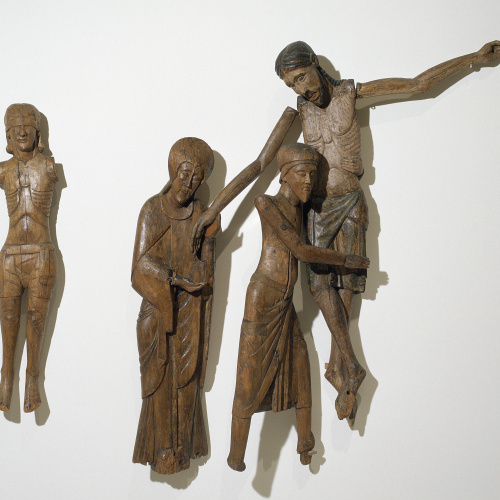


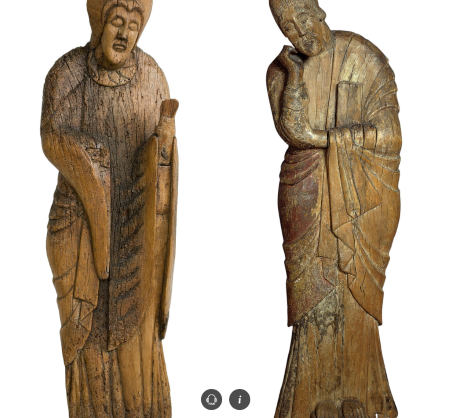

![Anònim - Mare de Déu del Davallament d'Erill la Vall - Segona meitat del segle XII [1] image for: Anònim - Mare de Déu del Davallament d'Erill la Vall - Segona meitat del segle XII [1]](https://www.museunacional.cat/sites/default/files/styles/resize_500x500/public/images/art_piece/first_gallery/34891/003917-000_38121.JPG)
![Anònim - Mare de Déu del Davallament d'Erill la Vall - Segona meitat del segle XII [2] image for: Anònim - Mare de Déu del Davallament d'Erill la Vall - Segona meitat del segle XII [2]](https://www.museunacional.cat/sites/default/files/styles/resize_500x500/public/images/art_piece/first_gallery/34891/003917-000_38125.JPG)
![Anònim - Mare de Déu del Davallament d'Erill la Vall - Segona meitat del segle XII [3] image for: Anònim - Mare de Déu del Davallament d'Erill la Vall - Segona meitat del segle XII [3]](https://www.museunacional.cat/sites/default/files/styles/resize_500x500/public/images/art_piece/first_gallery/34891/003917-000_38127.JPG)
![Anònim - Mare de Déu del Davallament d'Erill la Vall - Segona meitat del segle XII [4] image for: Anònim - Mare de Déu del Davallament d'Erill la Vall - Segona meitat del segle XII [4]](https://www.museunacional.cat/sites/default/files/styles/resize_500x500/public/images/art_piece/first_gallery/34891/003917-000_38137.JPG)

![Anònim - Sant Joan del Davallament d'Erill la Vall - Segona meitat del segle XII [2] image for: Anònim - Sant Joan del Davallament d'Erill la Vall - Segona meitat del segle XII [2]](https://www.museunacional.cat/sites/default/files/styles/resize_500x500/public/images/art_piece/first_gallery/34888/003918-000_18428.JPG)
![Anònim - Sant Joan del Davallament d'Erill la Vall - Segona meitat del segle XII [3] image for: Anònim - Sant Joan del Davallament d'Erill la Vall - Segona meitat del segle XII [3]](https://www.museunacional.cat/sites/default/files/styles/resize_500x500/public/images/art_piece/first_gallery/34888/003918-000_18448.JPG)
![Anònim - Sant Joan del Davallament d'Erill la Vall - Segona meitat del segle XII [4] image for: Anònim - Sant Joan del Davallament d'Erill la Vall - Segona meitat del segle XII [4]](https://www.museunacional.cat/sites/default/files/styles/resize_500x500/public/images/art_piece/first_gallery/34888/003918-000_18428_0.JPG)
![Anònim - Sant Joan del Davallament d'Erill la Vall - Segona meitat del segle XII [5] image for: Anònim - Sant Joan del Davallament d'Erill la Vall - Segona meitat del segle XII [5]](https://www.museunacional.cat/sites/default/files/styles/resize_500x500/public/images/art_piece/first_gallery/34888/003918-000_18502.JPG)
